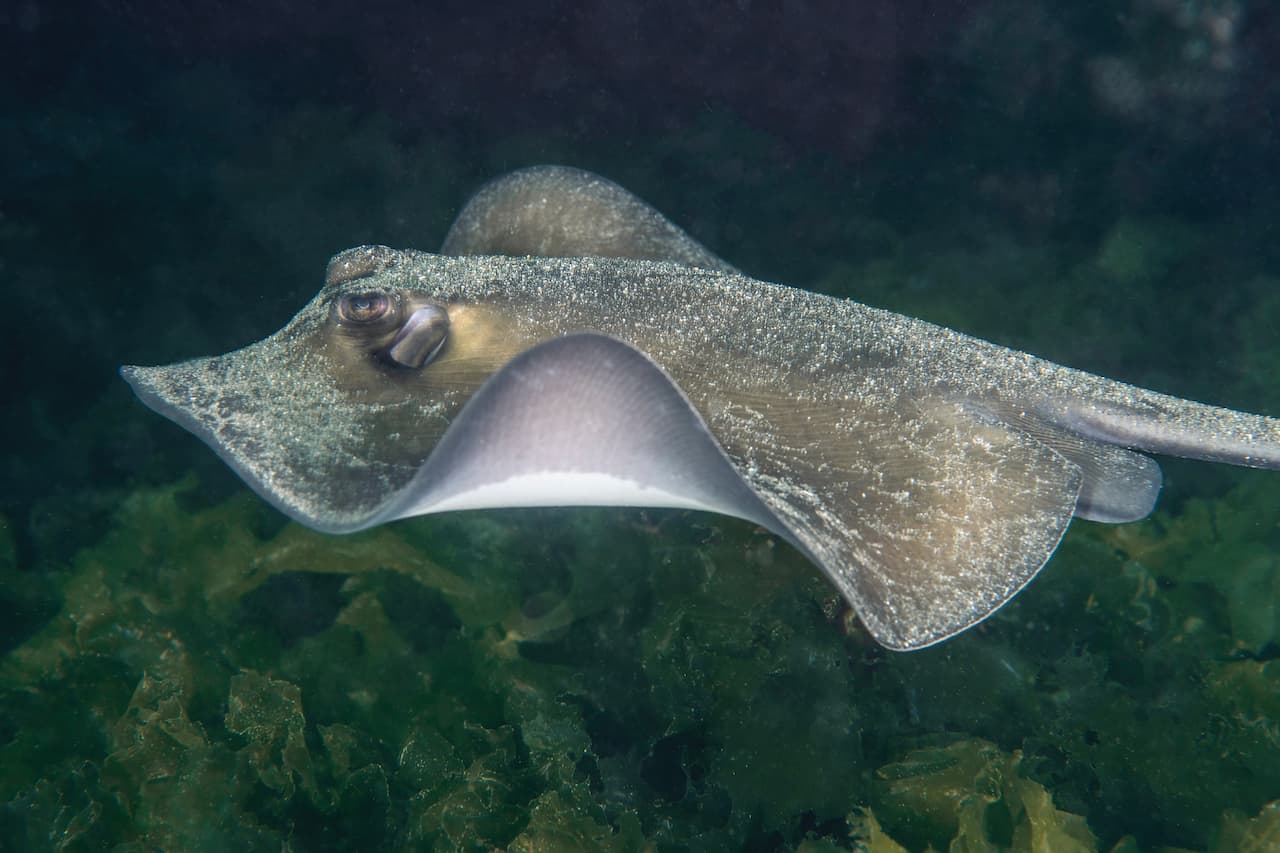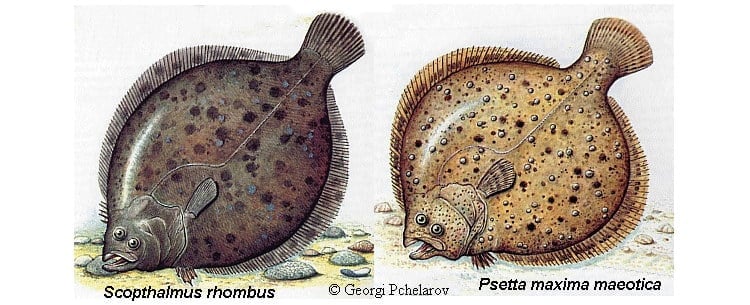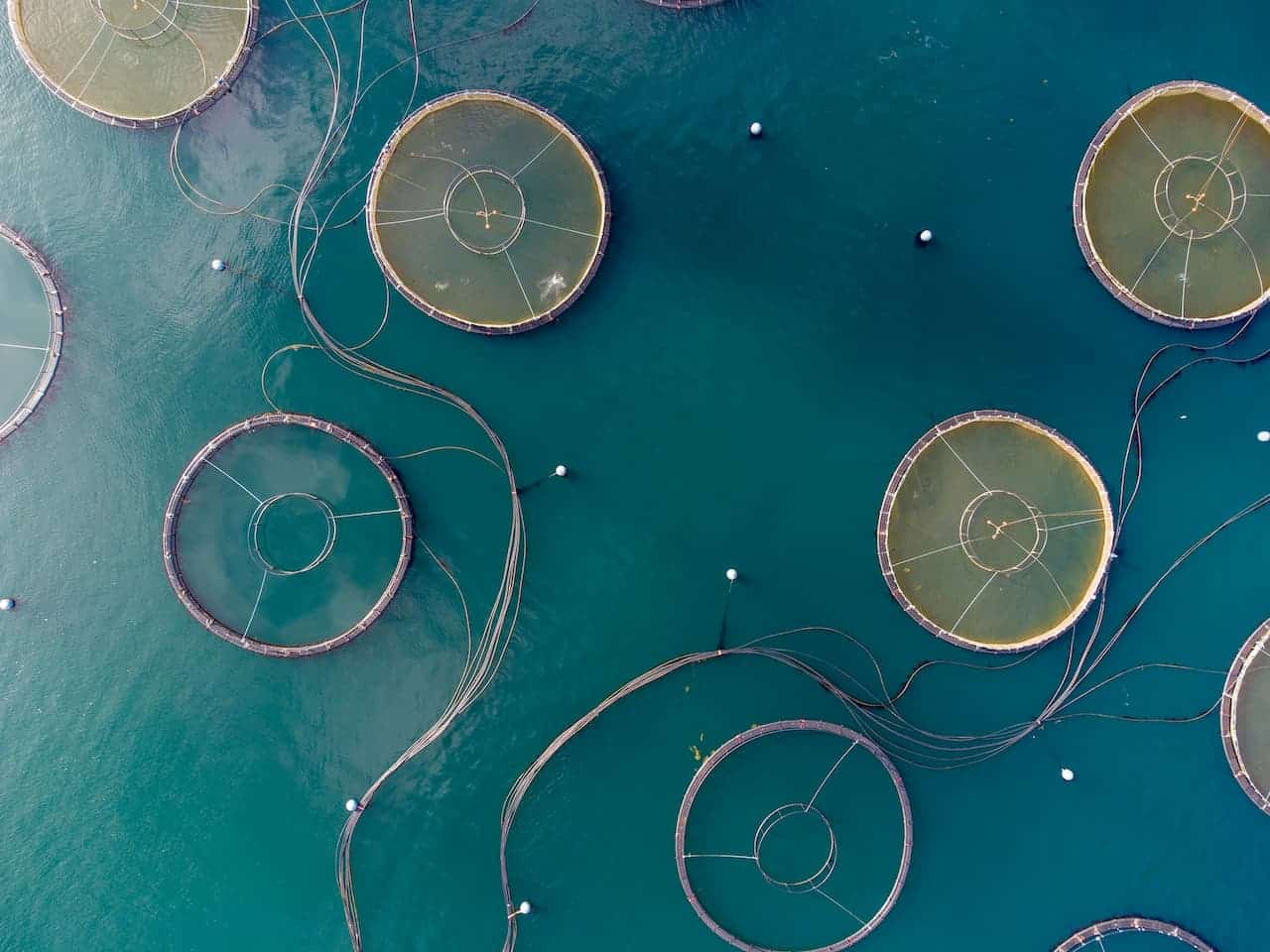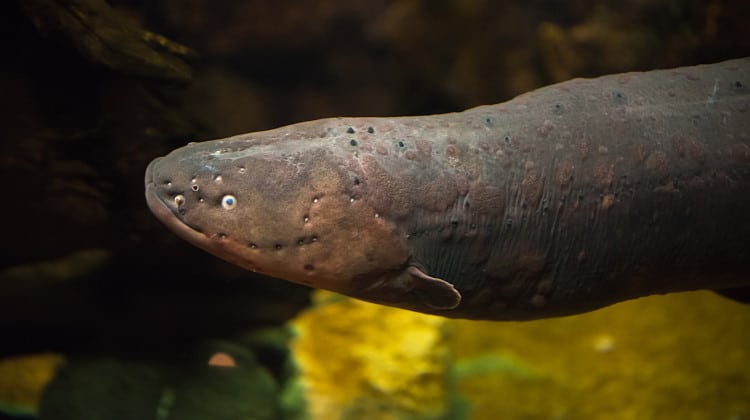Family Achiridae
First Fossil Record: lower Tertiary, lower Eocene Ref: Berg, L.S..1958
The Achiridae are saltwater and freshwater flatfishes with eyes on the right side, body rounded or ovate in lateral view in most species, including fins, and elongate in Achiropsis nattereri, Apionichthys dumerili, and one undescribed species referred to Apionichthys. The eyed-side lower lip has a conspicuous, variously fringed fleshy rim which distinguishes the species of this family from other sympatrical flatfishes. The lower lip is internally strengthened by a cartilaginous piece positioned laterally to the dentary, the upper free half above the dentary dorsal margin; this cartilaginous piece, which is visible only by dissection or in cleared and stained preparations, is also present in other flatfish families, but clearly less developed than in achirids. The posterior area forms a wide longitudinal slit above the posterior end of the upper lip, and is hidden by the lower lip when the mouth is closed, is also a diagnostic external feature for achirids.
A similar feature also appears in Soleidae, but it is never covered by the lower lip; soleids do not occur in the Neotropics. The anterior nare is tubular as in some other flatfishes families. The margin of preopercle is evidenced by a narrow naked area, particularly on its angle; this area is very narrow in adults and concealed by scales in juveniles of Soleonasus. Teeth villiform, organized in a patch and present on jaws only on the blind side, except for Hypoclinemus mentalis, which possesses teeth on the jaws of both eyed and blindsides.
The dorsal fin extends forward onto the cranium up to the anterior end of the upper jaw, which is often covered by a fringed dermal flap projected from the anterior end of this fin. In Achiropsis, Apionichthys, Pnictes, and Soleonasus the anterior end of the dorsal fin and its corresponding supracranial area extend beyond and conceal the anterior margin of the mouth. Eyed-side pelvic fin united to anal fin by a membrane; both pelvic fins enclosed in a single dermal envelope in Gymnachirus and Soleonasus, also united to anal fin by a membrane; pelvic fins extend forward in Achiropsis, Apionichthys, Pnictes, and Soleonasus, the first pelvic-fin ray inserted just below the ventral end of the mandibular symphysis. Dorsal and anal fins are free from the caudal fin in most species or united to the caudal fin by a narrow membrane in Achiropsis, Apionichthys, and Pnictes. Pectoral fins are often minute, present on one or both sides, or absent. Lateral lines are frequently ornamented with dermal processes or ramified tubes, particularly on the head. Scales ctenoid, those of the head’s external margin larger than the others on the body, and a little turned to its center; scales are absent in Gymnachirus, except for the remains of lateral line tubes on the head and body. Medium-sized achirid species are 15 centimeters long, the largest species occurring in freshwater.
They are carnivores, eating fishes and benthic invertebrates. Fully developed gonads were examined in specimens 2.5 centimeters SL, from a species that grows up to 12 centimeters. Common names of these fishes are American Sole (English), Lenguado (Spanish), and Linguado (a general Portuguese word for Pleuronectiformes). In several Brazilian regions, they are also known as Solha, Sôia, Sóia, Tapa or Aramaçá. Presently, nine genera and 28 species are recognized (Nelson, 1994). No recent revisional work is available. Chabanaud (1928) published a review of Achirids, but it is not a comprehensive work.
The achirid genera are presently being reviewed by the author, and synonymization of some genera and species will be proposed. Also, some species restricted to freshwater and referred to as Apionchthys and marine species referred to as Trinectes and Achirus will be described. The assemblage that composes the family Achiridae was traditionally treated as part of the Soleidae, in subfamilial ranking. Jordan (1923) proposed familial ranking to that assemblage. This view was subsequently supported by Chabanaud in several papers (e.g. 1935, 1939), but not by Greenwood et al. (1966). Recently, Chapleau and Keast (1984) proposed the monophyly of the achirids based on five osteological cranial characters but rejected the traditional view of a monophyletic Soleidae (Soleinae + Achirinae), previously supported by other authors.
A cladistic study of intergeneric relationships, also in progress by the present author, detected eight new exclusive characters to support the monophyly proposed by Chapleau and Keast (1984) for the achirids. Achirids are mainly shore fishes restricted to both sides of the Americas, including the subtropical, southern portion of the Neartic region, and all the Neotropics, except for its extreme south. The genera Achiropsis, Apionichthys, Pnictes, and Soleonasus are restricted to freshwater in northern South American rivers, except for Apionichthys dumerili, which occurs in estuarine areas of the Orinoco, Corantjin, Oiapoque, Amazonas and Grajaú basins, also entering low lands freshwaters as do some other marine achirid species, and in marine areas under the influence of those rivers. Two species of Catathyridium are restricted to the Paraguay-Paraná, and Uruguay systems, and one species (C. garmani) occurs in estuarine and marine coastal areas of Southeastern Brazil, including Lagoa dos Patos, and coastal areas of Northern Uruguay. Some marine species of the genera Achirus and Trinectes occasionally enter freshwaters.





